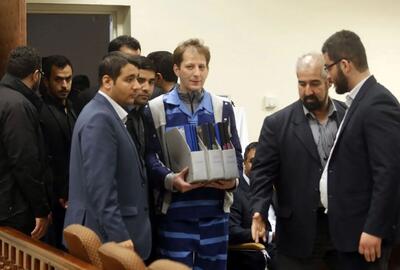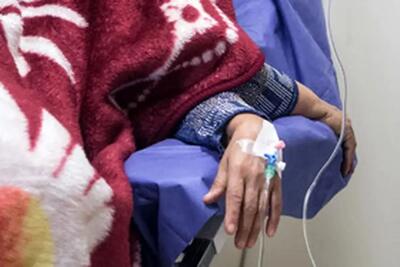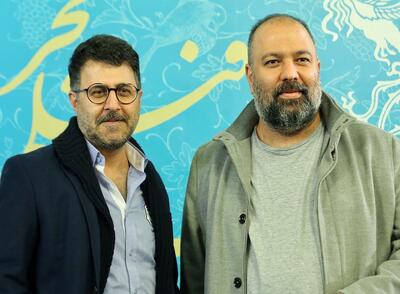|
Use of Corticosterolds
|
|
|
|
Antl-Infective Chemotherapy
|
|
|
|
|
|
|
|
|
If the response is not favorable after 2 weeks, continue anti-infective therapy and give systemic corticosteroids, eg, prednisone, 0.5 mg/kg/d, with tapering over 3=4 weeks. Corticosteroids may activate the organisms of toxoplasmosis and tuberculosis but are givan as a calculated risk to control the inflammatory response when it
.threatens vision. never stop artiinfective therapy prior to stopping corticosteroids
|
|
|
|
If central vision is threatened, give pyrimethamine, 75 mg orally as a loading dose for 2 days followed by 25 mg once daily for 4 weeks, in combination with trisulfapyrimidines (sulfadiazine, sulfamerazine, and sulfamethazine, 0. 167 g of each per tablet), 2 g orally as loading dose followed by 0.5 g 4 times daily for 4 weeks. If a fall in the white or platelet count occurs during therapy, give folinic acid (leucovorin), 1 mL iM twice weekly or 3 mg orally
.3 times a weekbr>
Alternative chemotherapeutic approach for ocular toxoplasmosis: Clindamycin, 300 mg orally 4 times a day with
.sulfonamides (as above), or minocycline, 100 mg orally daily for 3-4 weeks
|
|
|
|
Toxoplasmosis
|
|
|
|
|
if a favorable response does not occur in 6 weeks, continue antimycobacterial therapy and give systemic
.corticosteroids, eg, prednisone, 0.5-1 mg/kg/d, with tapering as allowed by response
|
|
|
|
Isoniazid, 300 mg orally daily، ethambutol, 400 mg orally twice daily، pyridoxine, 50 mg orally daily. Continue
.treatment for 6-9 months
|
|
|
|
Tuberculosis
|
|
|
|
|
Treat with local corticosteroids and mydriatics and, during active stages, with systemic corticosteroids such as prednisone, 0.5-1 mg/kg/d, with tapering as allowed by response. The usual contraindications to systemic
.corticosteroid therapy apply
|
|
|
|
Sarcoidosis
|
|
|
|
|
Treat with local corticosteroids and cycloplegics and with systemic coticosleroids in high doses, eg, prednisone, 1-1.5 mg/kg/d, The usual contraindications to systemic corticosteroid therapy apply, and the drugs may be needed in higher doses and for a longer time. Therefore, management of the side effects is often more difficult. Azathioprine may be halpful in reducing the required dose of corticosteroids. in severe cases that fall to respond to corticosteroids, treatment with cytotoxic agents such as chlorambucil and cyclophosphamide or other
.immunosuppressants such as cyclosporine has met with some success
Caution: White blood counts and platelets must be monitored very carefully in these patients, and these drugs
.should not be used without careful consideration
|
|
|
|
Sympathetic ophthalmia
|
|
|
|











































